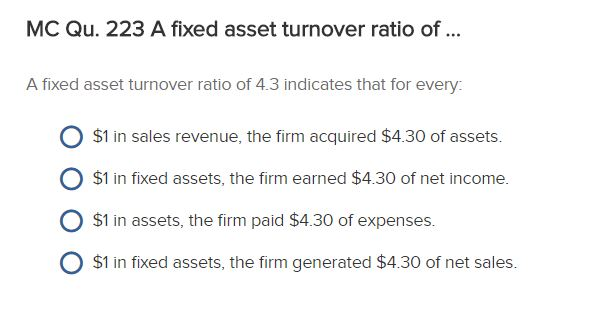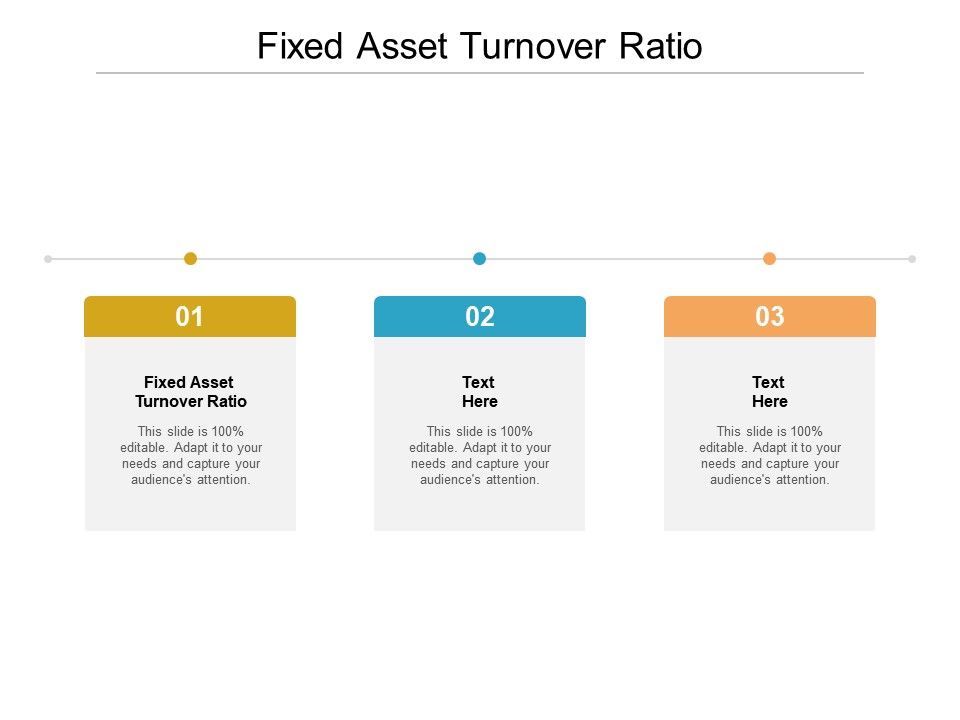

You can also call these ratios are market ratios as they examine a company’s attractiveness in the stock market. Valuation ratios generally rely on a company’s current share price and reveal whether the stock is an attractive investment option at the time.

Newer and smaller companies often have difficulties covering their expenses before they stabilize. These liquidity ratios are notably more critical with small-cap and penny stocks. If the answers are positive, you may say the company has adequate liquidity, or else there may be problems.

By analyzing liquidity ratios, you can gauge if the company has assets to cover long-term obligations or the cash flow is enough to cover overall expenses. Liquidity ratios tell a company’s ability to pay its debt and other liabilities. There are five broad categories of financial ratios. So you can use these ratios to your benefit by comparing them from different periods to get a general idea of a company’s growth or regression over time. These ratios are time-sensitive as they assess data that changes over time. A single ratio may not cover the company’s entire performance unless viewed as part of a whole. Types of Financial Ratiosĭifferent financial ratios offer different aspects of a company’s financial health, from how it can cover its debt to how it utilizes its assets. You can now compare the P/E of 4.5 to that of other companies, competitors, or even to the company’s historical P/E ratio to better understand the investment’s overall attractiveness. It means that the price ($20), when divided by its earnings per share (EPS, in this case, 4.44), equals 4.5. But knowing that the company’s price to earnings ratio (P/E) is 4.5 gives you some more context.

The resulting answer gives you a metric that you can use to compare companies to evaluate investment opportunities.įor example, just knowing that a company’s share price is $20 doesn’t offer any insight. In simple words, a financial ratio involves taking one number from a company’s financial statements and dividing it by another. You can source the ratios from a company’s financial statements to evaluate its valuation, rates of return, profitability, growth, margins, leverage, liquidity, and more. Financial ratios help you interpret any company’s finances’ raw data to get actionable inputs on its overall performance.


 0 kommentar(er)
0 kommentar(er)
